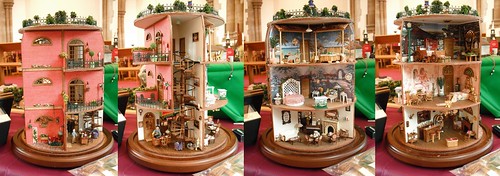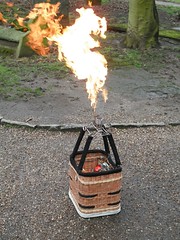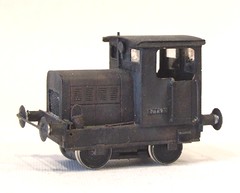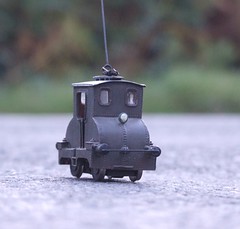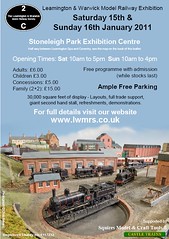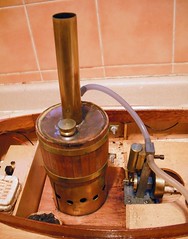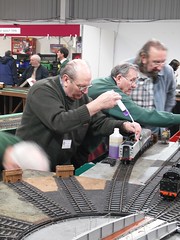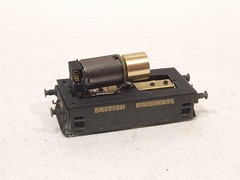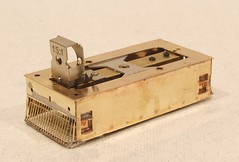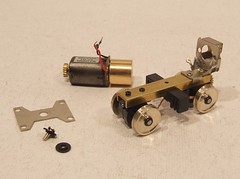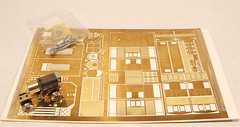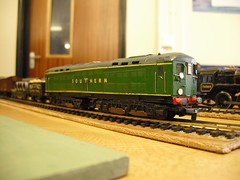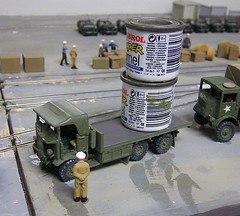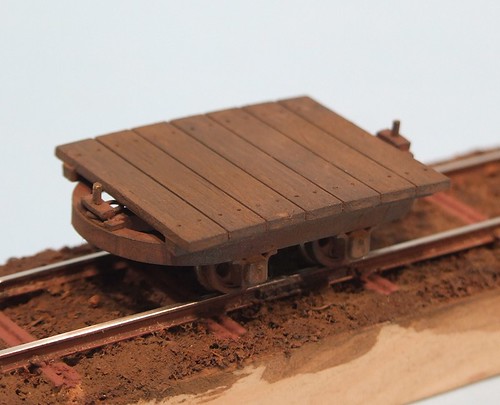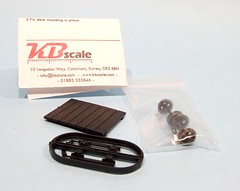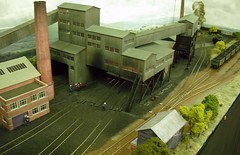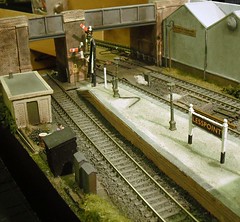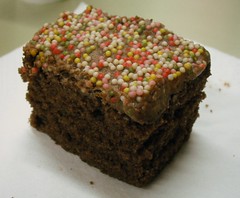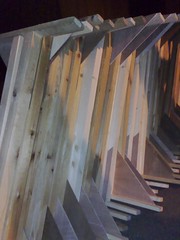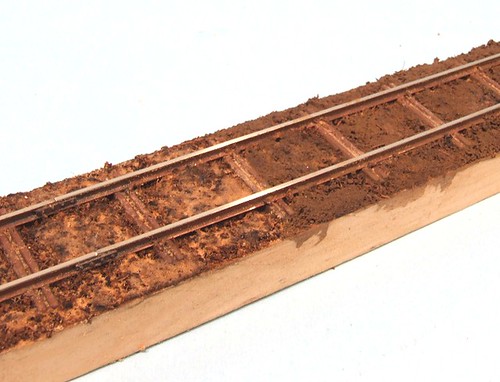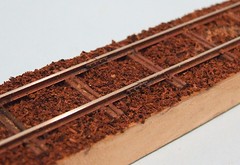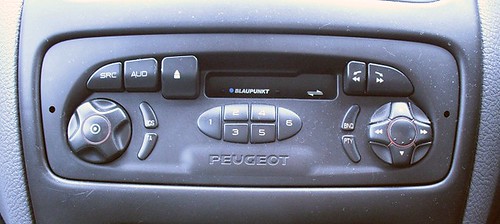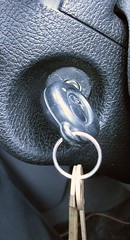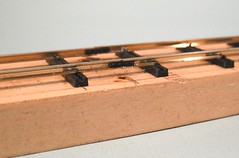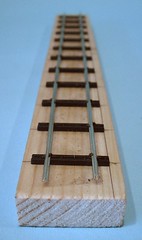 A short history lesson. In the old days there was no such thing as a plastic kit. If you were a small boy of any age who wanted a model of an aeroplane, and in those days you certainly would want one and be able to express the desire without being laughed at, the only way to satisfy your desire would be to take a lump of wood and carve it to represent your prototype of choice. Even kits of the day tended to be little more than blocks of dead tree and a set of plans.
A short history lesson. In the old days there was no such thing as a plastic kit. If you were a small boy of any age who wanted a model of an aeroplane, and in those days you certainly would want one and be able to express the desire without being laughed at, the only way to satisfy your desire would be to take a lump of wood and carve it to represent your prototype of choice. Even kits of the day tended to be little more than blocks of dead tree and a set of plans.Then Frog and Airfix arrived and all this stopped. Why bother whittling when you could simple stick some pre-formed plastic parts together with glue not made from boiled horse but nice smelling chemicals ?
Despite this there is, it appears, a sub-culture of aircraft enthusiasts who can't look at a log without saying, "That would make a lovely super fortress", or in this case a rather splendid Short Sunderland.
Some of this comes from an interest in aircraft recognition models from the days when our early warning system, was augmented by the Observer Corps, young men who watched the skies and identified the incoming aircraft. To train then needed to see more than pictures and so 3D visual aids were made so they could see a craft from all the angles they might experienced in real life.
The display was full of "solids" as they are called. Difficult shapes rendered from wood using sharp knives, sandpaper and infinite care. Modern clear plastic canopies from plastic do appear but that seems to be the main concession to advancements in the hobby. The models are quite a small scale, the wingspan in the photo being around 15cm making the final model about 1:144 and not too space consuming at home. Of course when you make stuff yourself, you get to pick what you want and how big you want it.
I particularly liked the Sunderland because I saw one in a museum as a child and then owned an Airfix version build from me by my father (I was still at the oozing glue stage of plastic model making and not up to such a challenging subject so he generously did the construction for me). I still have the crew, retrieved from the damaged models final flight to the bin, which will one day appear in a new model when I have the time and space to do it justice.
